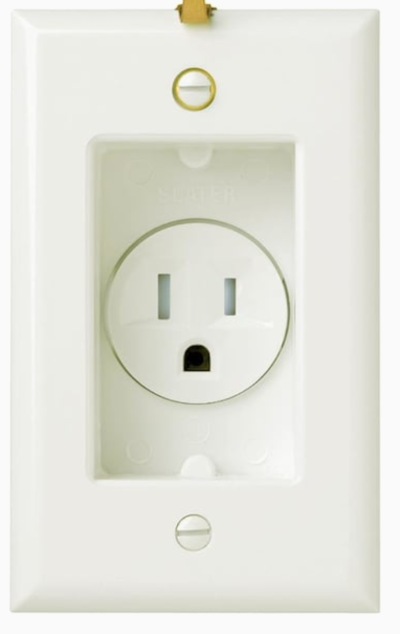NW-Bound
Give me a museum and I'll fill it. (Picasso) Give me a forum ...
- Joined
- Jul 3, 2008
- Messages
- 35,712
When I had my furnace replaced, the techs said they had to convert it back to being hardwired. As soon as it passed inspection, I wired it back to a plug in.
So, it is really against code.
Now, what is the rationale? I can't think of a safety reason. Look on the Web, and found this.
According to NEC’s section 400.7 code requirement, you shouldn’t use flexible cords and cables for furnaces. That’s why these appliances usually leave the factory hardwired without a flex cord or an attachment plug.
The NEC is against plugged-in furnaces for a good reason: they consume so much electricity that they need a dedicated circuit. When you have a plug-in furnace, you’re likely to plug it into a shared outlet with other appliances. As a result, the circuit gets overloaded, damaging the furnace and the other plugged-in electrical devices or even resulting in a fire.
But there's always a risk of overloading a circuit with plug-in appliances. The place this most likely happens is in the kitchen, when people plug in too many appliances at a time. That's what the circuit breaker is for.
And in this case, you are plugging the furnace into its own dedicated circuit that it is not sharing with anything.


